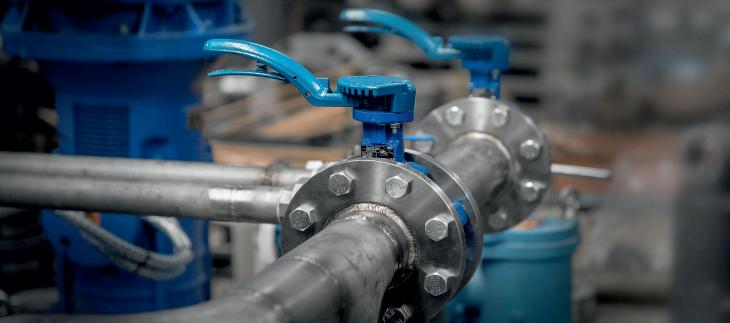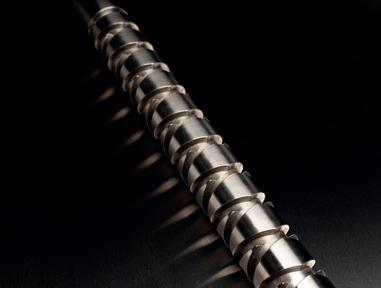
1 minute read
Improving steam plant efficiency
Plant efficiency is vital for all organisations and today, an increasing number of manufacturers are investing in solutions to reduce waste in steam generation.


As steam is required in almost all heavy industries with boiler operations, reducing steam waste in traps increases manufacturing efficiency. Manufacturing plants are therefore looking for energy-efficient steam traps which is increasing the sale of steam traps across the world.
According to a report from ResearchAndMarkets. com, the global steam trap market is currently witnessing stable growth. A steam trap is a mechanical valve that is used to discharge condensates and non-condensates, such as air and carbon dioxide, from steam lines. Mechanical, thermostatic and thermodynamic traps are the most common types of steam traps available in the market.


They are commonly used in bulk storage tanks, pressure reducing valve stations, steamers, heat exchangers and reboilers. They also function as a separation point between the condensates and the steam system to create latent heat and transfer it to a specific product. Because of this, stream traps find extensive application across various industries, including oil and gas, >>>












